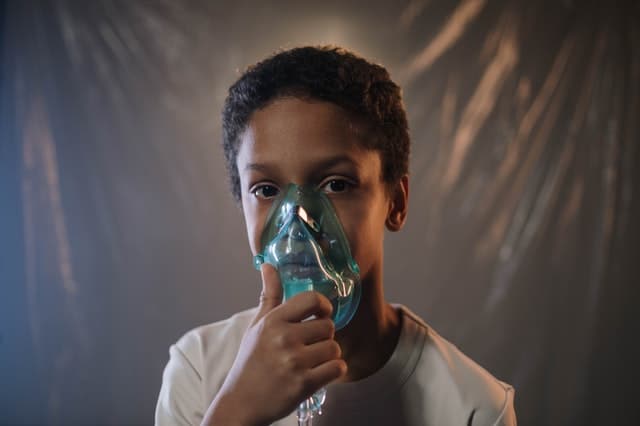FIRST AID – PRIMARY SURVEY
The primary survey is a quick, systematic assessment of a person to establish if any conditions or injuries sustained are life-threatening.
By following a methodical sequence using established techniques, each life-threatening condition can be identified in priority order and dealt with on a “find and treat” basis.
The sequence should be applied to every casualty you attend. You should not allow yourself to be distracted from it by other more superficial events.
The chart opposite guides you through this sequence. Depending on your findings you may not move on to the next stage of the assessment. If any life-threatening conditions are successfully managed, or there are none, you should perform a secondary survey.
The initial examination and management of a trauma patient is the primary survey.
It is carried out to discover and treat actual or imminent life hazards, as well as to prevent injuries from becoming more serious. ABCDE is used to create a systematic strategy.
The temperature of the patient should be taken.

RESPONSE
At this point, you need to make a quick assessment to find out whether a casualty is conscious or unconscious. Observe the casualty as you approach.
Introduce yourself even if he does not appear to be responding to you. Ask the casualty some questions. such as. “What happened?” or “Are you all right?” or give a command, such as “Open your eyes!” If there is no initial response, gently shake the casualty’s shoulders.
If the casualty is a child, tap his shoulder; if he is an infant, tap his foot. If there is still no response unconscious, he is If the casualty responds and makes eye contact or some other gesture, he is conscious. Unconscious casualties take priority and require urgent treatment.
AIRWAY
The first step is to check that a casualty’s airway is open and clear. If a casualty is alert and talking to you, it follows that the airway is open and clear. If, however, a casualty is unconscious, the airway may be obstructed.
You need to open and clear the airway do not move on to the next stage until it is open and clear.
BREATHING
Is the casualty breathing normally? Look, listen, and feel for breaths. If he is alert and/or talking to you, he will be breathing.
However, it is important to note the rate. depth and ease with which he is breathing. For example, conditions such as asthma that cause breathing difficulty require urgent treatment. If an unconscious casualty is not breathing. the heart will stop.
Chest compressions and rescue breaths (cardiopulmonary resuscitation/CPR) must be started immediately.
CIRCULATION
Conditions that affect blood circulation can also be life-threatening. Injuries that result in severe bleeding Ip.1 1K) can cause blood loss from the circulatory system so must be treated immediately to minimize the risk of a life-threatening condition known as shock Only when life-threatening conditions have been stabilized, or there is none present. should you make a detailed second,’ survey of the casualty?
What is primary survey in trauma?
The early evaluation and management of a trauma patient is the focus of the primary survey. It is carried out in order to detect and treat actual or imminent life hazards, as well as to prevent injury-related consequences. ABCDE is utilized in a methodical approach.
A – Airway (and C-spine control)
B – Breathing
C – Circulation
D – Disability
E – Exposure / Environment
WHO guideline for Perform trauma primary survey.

